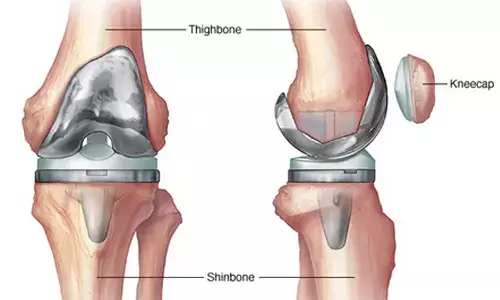5,700-year-old chewing gum helps recreate the image of a user

Researchers from the University of Copenhagen in Denmark have succeeded in extracting a complete human genome from 5,700-year-old type of "chewing gum", allowing them to recreate the image of its user and find clues to her dietary habits.
Researchers from the University of Copenhagen in Denmark have succeeded in extracting a complete human genome from 5,700-year-old type of "chewing gum", allowing them to recreate the image of its user and find clues to her dietary habits.
Based on the ancient human genome, the researchers could tell that the "chewing gum" made from birch pitch was chewed by a woman.
She was genetically more closely related to hunter-gatherers from the mainland Europe than to those who lived in central Scandinavia at that time, according to a study published in the journal Nature Communications.
They also found that she probably had dark skin, dark hair and blue eyes.
"It's amazing to have retrieved a complete ancient human genome from anything other than bone," said lead researcher Hannes Schroeder, Associate Professor at University of Copenhagen.
"What's more, we also retrieved DNA from oral microbes and several important human pathogens, which makes this a very valuable source of ancient DNA, especially for time where we have no human remains," Schroeder said.
The birch pitch was found during archaeological excavations at Syltholm on the island of Lolland, Denmark.
The researchers also identified traces of plant and animal DNA in the pitch -- specifically hazelnuts and duck -- which may have been part of the individual's diet.
They also succeeded in extracting DNA from several oral microbiotas from the pitch, including many commensal species and opportunistic pathogens.
"The preservation is incredibly good, and we managed to extract many different bacterial species that are characteristic of an oral microbiome. Our ancestors lived in a different environment and had a different lifestyle and diet. It's, therefore, interesting to find how this is reflected in their microbiome," said Schroeder.
The researchers also found DNA that could be assigned to the Epstein-Barr Virus, which is known to cause infectious mononucleosis or glandular fever. Ancient "chewing gums" showed great potential in researching the composition of our ancestral microbiome and the evolution of important human pathogens, Schroeder said
"It can help us understand how pathogens have evolved and spread over time, and what makes them particularly virulent in a given environment. At the same time, it may help predict how a pathogen will behave in the future, and how it might be contained or eradicated," Schroeder said.



















